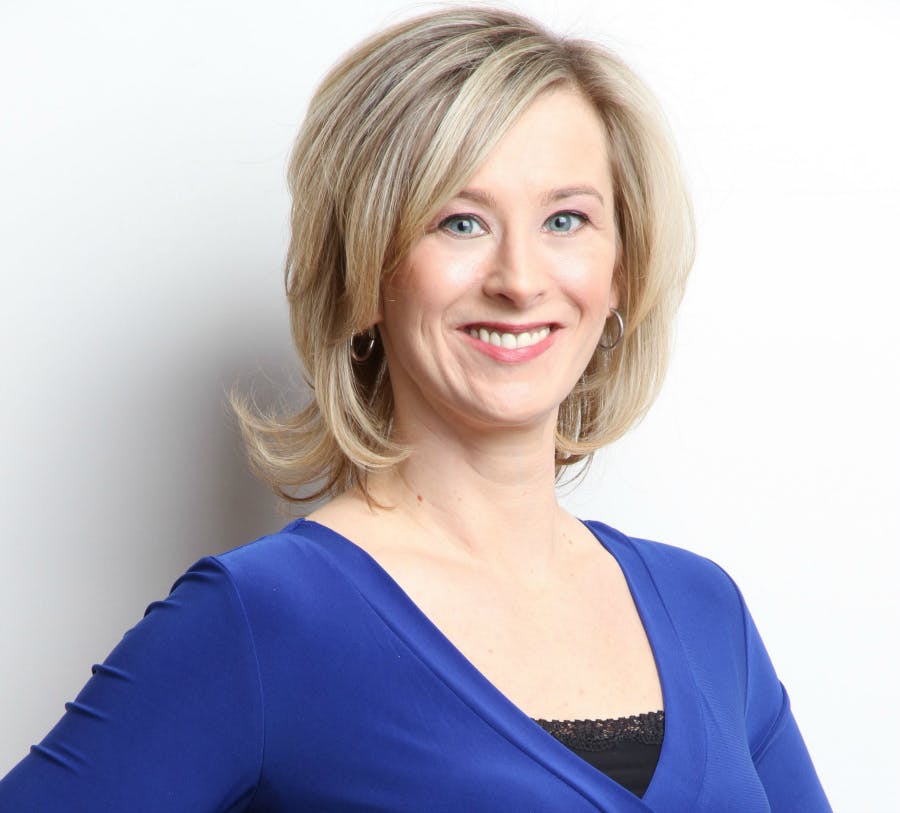Recent market figures show that the U.S. beauty retail market – including the categories of cosmetics, skincare and hair – accounts for $56.4 billion in annual sales.1 Danziger, Pamela N. Sephora, Ulta And The Battle For The $56B U.S. Beauty Retail Market. Forbes. August 6, 2018. Yet within this massive market, the clear emerging trend is that small is big.
Independent beauty brands have grown in popularity in recent years, as consumers enjoy the thrill of discovering great new products and innovative brands. Younger consumers in particular seek locally made, artisanal, and natural products.2 Kestenbaum, Richard. The Biggest Trends In The Beauty Industry. Forbes. September 9, 2018.
Buying local beauty products helps consumers feel good for supporting the people in their community. Retailers also win by reducing logistics and transportation costs by sourcing from suppliers located nearby, which supports their corporate sustainability goals. Retailers can also build goodwill by investing in the local economy and jobs.
Artisanal beauty products appeal to consumers due to their high-quality craftsmanship and care. Consumers often desire the authenticity of these beauty products because, unlike mainstream items, artisan products represent unique, affordable luxuries made with mastery.
Small suppliers of natural beauty brands now face an exciting market opportunity. A recent survey found two-thirds of beauty consumers agreed with the statement, “I would be interested in trying new products from other brands if they are natural.”3 Danziger, Pamela N. 6 Trends Shaping The Future Of The $532B Beauty Business. Forbes. September 1, 2019.
Even Amazon has launched an Indie Beauty Shop on its website in recognition of this powerful consumer trend toward smaller brands.4 Brown, Rachel. Amazon Launches Indie Beauty Shop Dedicated To Emerging Brands Within Its Marketplace. Beauty Independent. June 18, 2018.
“Being small and nimble … allows the brand to adapt to its customers in a way the larger players simply can’t.”
~ Robert Schaeffler, CEO, DevaCurl
Uniting small beauty brands and buyers
To showcase the variety and innovation among small beauty brands, the Indie Beauty Expo, held May 15 and 16 in Dallas, Texas, celebrated independent beauty brands to support the growth and success of the entrepreneurs behind them.
Retail buyers and consumers in attendance gained insights into indie brands, which are growing quickly as most retailers are expanding their assortment with unique products from smaller suppliers. This event helped retailers and suppliers alike, as an efficient way for retailers to discover and source niche products while helping to level the playing field so small beauty brands could boost their visibility and generate qualified leads.
The Indie Beauty Expo highlighted in-demand trends, which can help both beauty brands and retailers stay competitive and drive business.
For instance, key trends within the beauty industry include:
- Organic: Consumers are more discerning about what they buy, opting for products containing fewer chemicals, allergens and other potential irritants. According to Nielsen research, Millennials are 38% more likely than older consumers to buy natural and organic goods, including health and beauty products.5Nielsen. Brands That Are Building Momentum With Millennials. May 23, 2016.
- CBD-infused products: The compound cannabidiol, found in cannabis and hemp, is now an increasingly popular ingredient in beauty products ranging from moisturizers to mascaras. The 2018 Farm Bill legalizes industrial hemp production in the United States and experts predicted 2019 U.S. sales of hemp-derived CBD would exceed $5 billion. As a result, more beauty brands have created innovative products like CBD-infused lotions, balms and mascaras.
- Diversity: Since people come in a rainbow of ethnicities and reflect a range of beauty needs, more consumers now seek personalized product experiences that fit their unique needs as opposed to mass market, one-size-fits-all products. Increasing ethnic diversity among American shoppers is a significant market force in the beauty category because beauty products need to flatter our complexion and celebrate our authenticity. A recent study from the Pew Research Center found 48% of Gen Z consumers (aged 6 to 21) were non-white in 2018, compared to 18% of Early Boomers in 1968. 6 Nearly half of post-Millennials are racial or ethnic minorities. Pew Research Center. November 13, 2018. This demographic change means companies must adapt their assortments to demonstrate inclusivity so consumers feel welcome and represented.
- The power of now: Younger consumers prefer products that deliver immediate results, such as beauty masks that produce results within mere minutes, rather than rich skin creams that protect their complexion over the long term due to diligent daily application..7 Terlep, Sharon. Millennials Change the Complexion of the Beauty Business. The Wall Street Journal. May 3, 2016.
How small beauty can win big
To capitalize on consumer demand for smaller brands, beauty suppliers and retailers can:
- Celebrate authenticity: To attract beauty shoppers, companies can invest in marketing and packaging that sparks an emotional connection by reflecting the history and heritage of local products and unique brand stories.
- Embrace local marketing: Optimizing mobile websites by listing their companies in local mobile searches, including Google Maps and Apple Maps, is a cost-effective way to attract local shoppers.
- Deliver spectacular service: Earn brand trust, positive word of mouth and organic growth by remaining responsive to feedback and open to continuous improvement to wow consumers.
Events like the Indie Beauty Expo can help small beauty brands stand out, connect directly with consumers and retail buyers, and showcase their unique products. In case you missed the Dallas event, the next Indie Beauty Expo will take place in New York City on August 21-22, 2019.

